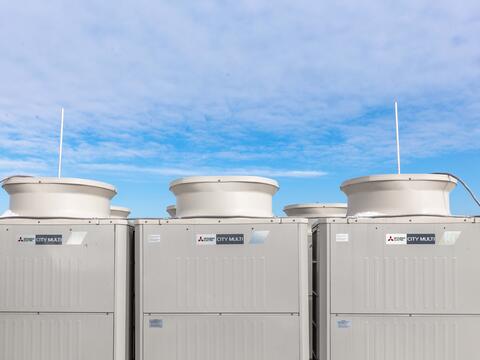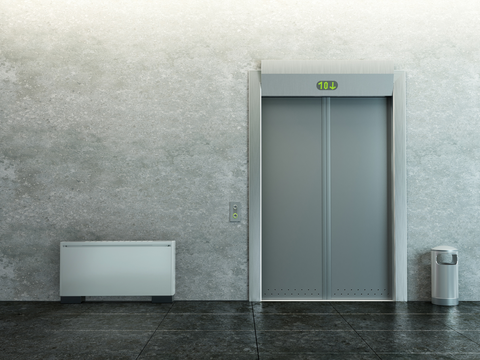DUCTLESS MINI SPLIT VS. CENTRAL HEAT & AIR

ELECTRIC HEAT COMPARISON: TOO HOT, TOO COLD OR JUST RIGHT?
HVAC aficionados aside, most of us aren’t too concerned, or thrilled, with our furnace’s inner workings—at least until something goes wrong, when that mysterious ka-thunk in the basement could transform a perfectly relaxing evening into a one-way conversation with a blower fan.
Knowing how your HVAC system works gives you a leg up on maintenance and repair. And it may even keep you sane. Depending on how your current system fares, you may even choose to upgrade or replace your HVAC system entirely.
In this electric heat comparison, we’ll explore the mysterious inner workings of two popular solutions: ductless mini splits vs. central air and heating, specifically furnaces.
DUCTLESS, OR MINI SPLIT, SYSTEMS
Ductless heat systems deliver room-by-room, or zone-based, heating for total home comfort. Ductless heating systems (sometimes called mini split systems) are becoming more popular as they deconstruct the main idea of central heating. Typically, you can customize the temperature of any room with a wall-mounted interface, known as a “head.”
All “heads” connect to a single, outdoor air intake/compressor unit, which is easily hidden by a shrub or bush. That might not sound particularly exciting on paper, but you’ll definitely feel the difference. Mini-split systems (vs. central heating and air) allow you to control the temperature room-by-room, so you won’t need to worry about the upstairs getting too hot while you try to warm up the downstairs.
Ductless mini splits manage single rooms better vs central heating and cooling. A sleek, attractive unit, and programmable, remote-control capabilities, they are designed to integrate seamlessly into any room. Plus, installation of a ductless system vs new central air furnace and vents is a simple task for your contractor, and they’re much more efficient than baseboard heaters. So, if you’re looking for energy-efficient HVAC systems, ductless heat is a great option.
CENTRAL HEATING OPERATION
When comparing mini split vs central air and heating systems, it’s important to understand how both work. Although furnaces may seem intimidating on the surface, they’re actually quite simple. Essentially, cold air is fed into furnaces and hot air blows out.
- Starting in the furnace, the burner produces a flame that warms a heat exchanger—a block of metal pipes that retains heat.
- Next, air is blown over the heat exchanger, like a giant hairdryer, and pumped out through ductwork to the air vents.
- Waste is blown out the chimney, and return air ducts bring cold air back to the furnace to be reheated. Rinse and repeat.
That's how central heating makes your home warm and toasty, folks. However, since nothing in life is perfect. Here are some drawbacks to forced-air HVAC systems:
- Potential for heat leak from poorly sealed ducts, leading to wasted energy.
- Poor return ducts can lead to home pressurization and heat escaping outdoors.
- Air filters get clogged and gummed up.
SO, MINI SPLIT OR CENTRAL AIR?
Hopefully our electric heat comparison provided some insight into the different ways ductless and central air systems work, so that you better understand your options. Mini split (vs. central air) is ideal when you need greater control over temperatures in different zones – they can even be used to supplement an existing central heating and air system to manage temperatures in specific rooms, such as an attic or home addition. As you consider updates to your HVAC system and compare ductless vs central heating and air, let comfort guide you. You’ll be glad you did.
SOURCES:
Popular Mechanics — How Your Heating System Works: A Primer







